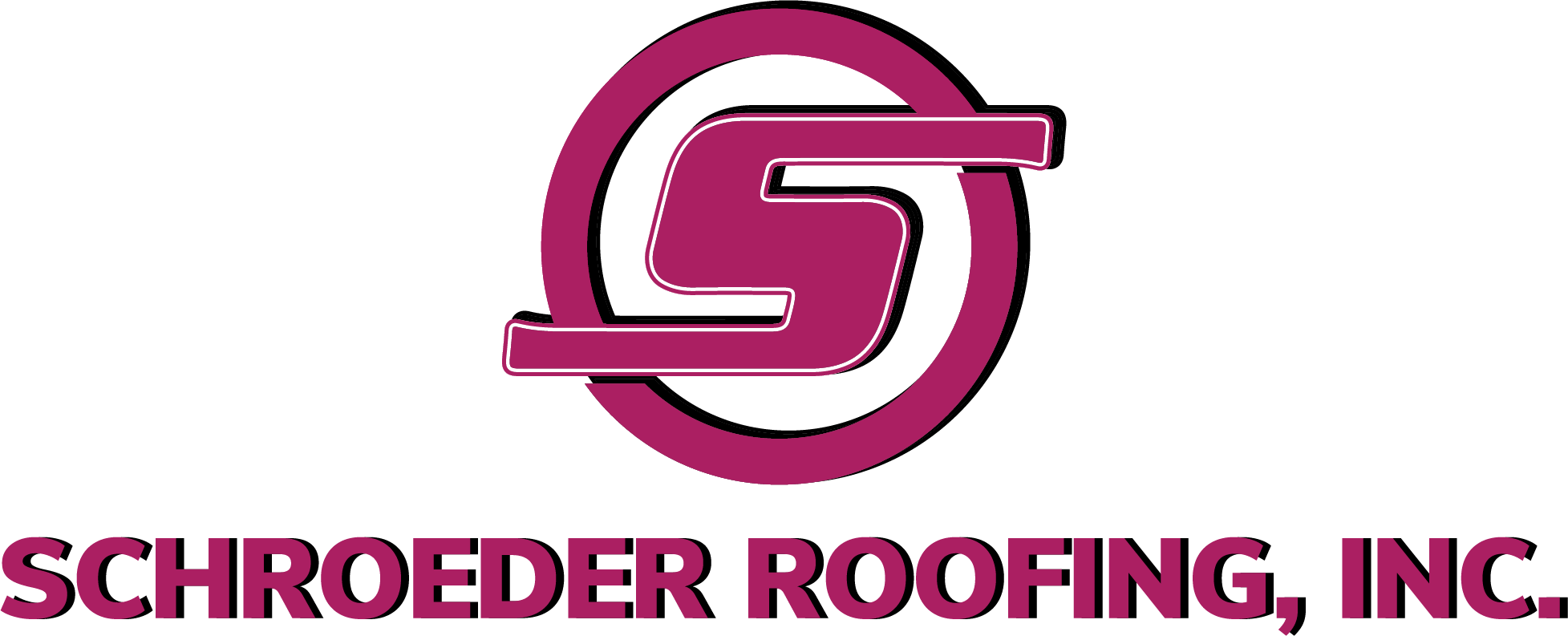Navigating an insurance claim process can be daunting, and it’s no different when it comes to hail and wind damage. As a homeowner in Colorado, understanding the intricacies of your insurance policy and the claims process is crucial for protecting your property and finances. In this guide, we'll break down the insurance process into simple steps, providing you with the knowledge you need to make informed decisions about your roof repairs.
Pre-Claim Recommendations
Before filing a claim, we recommend having a qualified roofing contractor inspect your roof for damage immediately after a storm or other event that may have compromised the integrity of your roof. Your ability to file an insurance claim after a storm often has a deadline, so it’s important not to wait.
Use a company that has been in business in your area for more than 3 years. Look for quality references and reviews to reaffirm their reputation. For additional resources, check out the Colorado Roofing Association's resource, How to Spot Common Roofing Scams.
Keep in mind that insurance companies may drop coverage if multiple claims are filed within a short period. Even if these claims are not all related to roofing damage. Usually, this happens around three claims within a five-year period, so it’s important to have the damage assessment before submitting any claims.
For example, if a claim for a broken water heater is made one year, then a claim for hail damage on a roof is filed two years later, one more claim may cause your coverage to be discontinued. It’s best to check with your insurance agent for clarity on which type of coverage you have and what the limits are for your specific policy, prior to submitting claims.
ACV vs. RCV Coverage: Which to Choose?
Understanding the differences between Actual Cash Value (ACV) and Replacement Cost Value (RCV) coverage is crucial when thinking about how to protect your home, especially in areas where strong wind and hail are common. Here’s a breakdown of each coverage type:
ACV Coverage
Pros:
- Lower premiums compared to RCV coverage
- Initial claim payments are typically faster
- Suitable for individuals looking to minimize insurance costs
- Offers coverage for the current value of damaged items
Cons:
- Deducts depreciation from the payout amount
- May result in out-of-pocket expenses for replacing belongings
- Provides less comprehensive protection compared to RCV coverage
- Higher likelihood of needing to pay for additional expenses not covered by the policy
RCV Coverage
Pros:
- Provides full reimbursement for the cost of replacing or repairing damaged items
- Offers more comprehensive protection without deducting depreciation
- Ensures homeowners can replace belongings without out-of-pocket expenses
- Ideal for individuals seeking maximum coverage and peace of mind
Cons:
- Higher premiums compared to ACV coverage
- Claim processing may take longer due to detailed assessment of replacement costs
- May require additional documentation and appraisal for claim approval
- Initial payout amounts may be delayed compared to ACV coverage
At Schroeder Roofing, we always recommend that homeowners opt for Replacement Cost Value (RCV) coverage.
While ACV coverage may have lower premiums, RCV coverage offers comprehensive protection, ensuring you can replace your belongings without out-of-pocket expenses.
Additionally, it’s wise to consider adding Code Coverage to address specific building code requirements. In the event of a covered loss necessitating extra work to meet code requirements, lacking this coverage could leave you responsible for covering the additional expenses.
An Easy Claims Process With Schroeder Roofing
When you work with Schroeder Roofing for a claim, we’ll assess your roof for damage and, if repairs are required, we’ll help you get the claim process started. Then, our team will meet with the insurance adjuster to assess the damages. The adjuster will use Xactimate software to accurately estimate repair costs and create an estimate for damage repairs or replacement. Once this is complete, you’ll be issued an ACV (actual cash value) check, which is the amount the damage is worth. The insurance company will hold the remainder of the funds, known as depreciation, until the work is completed and they have a final invoice.
Schroeder Roofing will review the estimate to ensure all damages are accounted for, including code items. With your permission, we'll submit a revised estimate to the insurance company for approval. Upon approval, work can commence, and the final invoice will be sent to the insurer for release of the remaining funds (depreciation, code items, and permit costs). Provided you have the correct coverage, the only out-of-pocket cost to you will be your deductible.
Download our Insurance Process for Hail and Wind Claims reference guide to keep these tips on hand for future reference.
Schroeder Roofing is Here to Help
With our extensive experience serving Northern Colorado since 1977, Schroeder Roofing is dedicated to ensuring homeowners are well-informed and supported every step of the way through the insurance claims process. We understand that navigating wind and hail insurance claims can be complicated, which is why we're here to provide expert guidance and exceptional service. If you have any questions or need assistance, please don't hesitate to contact us. Trust Schroeder Roofing to handle your insurance claim with confidence and ease.
